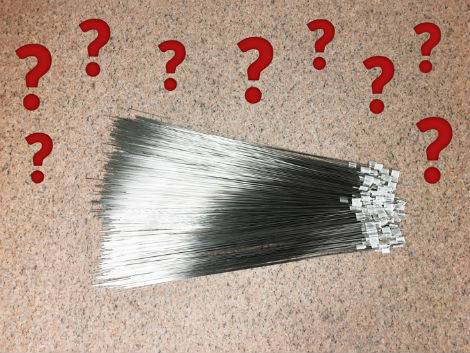
Choices, choices. The designer literally has all of them at some point. As the design progresses, they dwindle along with flexibility.
When designing a part for welding, there are times where it becomes necessary to incorporate filler material into the assembly. This can be to accommodate manufacturing tolerances, to reduce stress, or to join materials that may not readily weld without an intermediary.
These have to be considered when selecting an appropriate filler.
If filling a gap related to part tolerances is the requirement, and the material is readily weldable, the filler selection probably is not a complex issue. Select a filler with similar or the same chemistry as the mating parts and proceed (do not “just weld it”, though). A common example here is 410 stainless steel.When a high stress weld joint on crack-sensitive material is the order of the day, there are options. For a corner or fillet weld where stress is the prime contributing factor to weld cracking, using similar filler can create a smooth, lower stress transition. 316 stainless is a candidate for this treatment.
When the material is of a challenging alloy to weld, this configuration may not be appropriate for similar filler material. An example for this is 440C, and there are a variety of fillers to choose from depending on the application. Often times for specialty surgical tools, 308L or 410 filler wire work very well. Where added strength is necessary, 420 filler may be used and may require a post-weld stress relieve.
The final challenge is one that is usually the result of exhausting all other design options. A material has been chosen which is simply not weldable without filler, no matter the weld joint configuration. Low stress, high stress, no stress, it doesn’t matter. It’s going to crack. This is where creative problem solving comes into play.
Hardened high strength steels typically fall into this category, as do some superalloys. For chromoly (4130, 4340, etc.) steel, an ER70 or ER80 steel filler may be the order of the day, and a pre-heat might also be required, and a post-weld stress relieve or controlled cool down. As for that superalloy – the choice of filler for that will be driven by too many variables to list here.
With that in mind – before committing to a final welded assembly design, consult with an expert. It will save time and money, and reduce your aggravation.
And let us know if you have questions or comments about filler materials (or anything else related to welding) in the comment area below, and we'll get back to you shortly.









